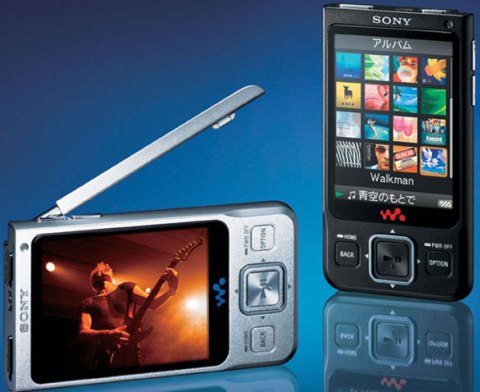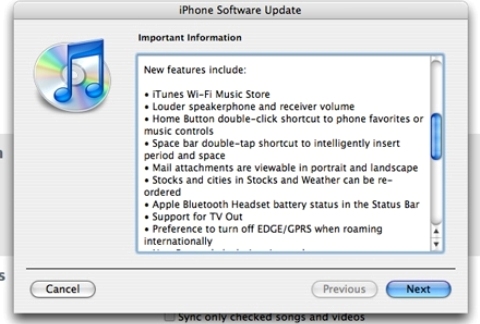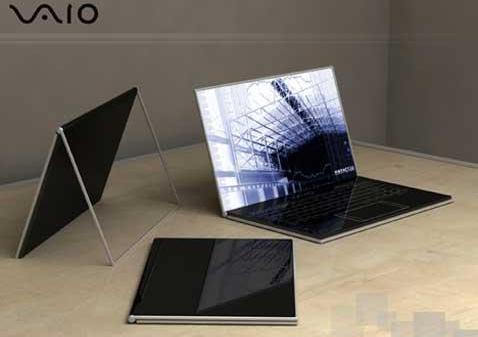
Sony VAIO's Extreme Looks
What’s the future laptop will look like? The Japanese consumer electronics giant, Sony has introduced its new VAIO Zoom that looks like future concept. It’s a cool, sleek and stylish notebook which features a touch-sensitive keypad, as well as a holographic glass screen that able to go transparent when turned off.
For sure, an innovative and cool holographic glass screen that involved in VAIO Zoom doesn’t really exist in the market yet, it’s just a concept for now. Anyway, it’s pretty sure that many consumers would like to see a high-tech and fantastic laptop like this in the future.
===========================================
New Logitech Cordless Vantage Headset And Mediaboard For PS3the bluetooth wireless technology, aiming to enhance your PS3 gaming experience.
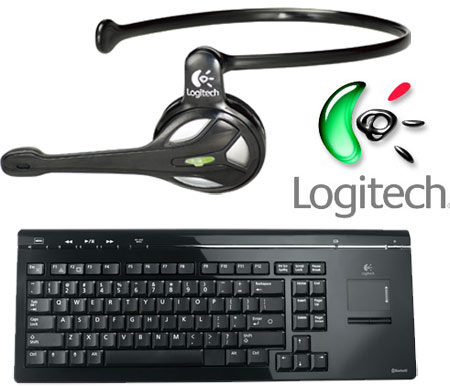
With noise filtering for the headphone and sound-canceling for the microphone, the Vantage wireless headset can deliver/receive good and clear sound which aimed to enhance your chatting experience. Besides, the MediaBoard also allows gamers to fill in some profiles, web addresses and even sending text messages within PlayStation Network. In addition, it also features a dedicated MENU button and convenient media keys, aiming to simplify your gaming experience and make your life easier.
“Logitech is pleased to offer two Bluetooth-enabled products for the PLAYSTATION 3 console platform, making the PS3 experience even better,” said Bruce Lancaster, vice president of Logitech’s interactive entertainment business unit. “The Cordless Vantage Headset for PS3 allows gamers to coordinate with teammates - wirelessly. And the Cordless MediaBoard Pro Bluetooth keyboard significantly improves the PlayStation Network experience, making it easier and faster to manage accounts and text with friends.”
The new Logitech Cordless Vantage Headset and Logitech Cordless MediaBoard Pro Bluetooth Keyboard that cost $79.99 is expected to be available in US and Europe in coming November and December, respectively.
===========================================
New Hasselblad H3D II DSLR - An Incredible 39 Megapixel CameraThe manufacturer and developer of high-end camera systems, Hasselblad has launched its new super high-end H3D II DSLR which features an 3-inch high-resolution LCD display, 48×36 mm CCD image sensors - the largest currently available and an integrated GPS (GIL) for automatic geotagging your gigantic digital photos. Besides, the latest Hasselblad H3D-II also improves image quality further with its improved noise and vignetting reduction.

“With the introduction of the Hasselblad H3D-II, we believe that the world’s best high-end DSLR camera has just got better. By further raising the level of integration by improving the controls, functionality and sensor cooling, and adding a new and more intuitive user interface, and a bright, 3-inch display, we continue to address the needs of professional photographers and to reassure them that, by investing in Hasselblad, they’ve made the right choice.” said Christian Poulsen, CEO of Hasselblad. “The Hasselblad H3D-II continues the evolution of the world’s most advanced DSLR camera system and, will set a new standard for digital photographic quality.”
If you feel that $37k is too costly and 39 megapixel is too much for you, there are the options still available for you including 31 megapixel H3D-31II ($30,000) and the 22 megapixel H3D-22II ($25,000).
===========================================Nokia E51 for Businessman
The long awaited and ideal cellphone for businessmen is finally unveiled by the world’s top mobile phone maker, Nokia. This latest model by the Finnish mobile phone maker, Nokia E51, comes with high-speed mobile browsing, email functionality, multimedia features, a multitude of connectivity options, and useful shortcut keys.
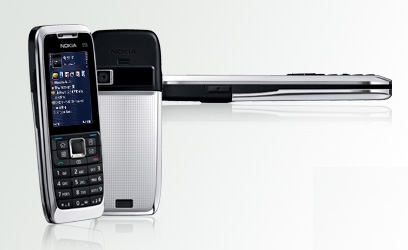
Nokia E51 was designed particularly for corporate users. This slim and elegant “candy bar” shaped phone features all necessary functions required by business professionals such as reliability, fast and real-time accessibility to business and people, easy set up and maintenance, time management function and affordable price. Businessmen can browse webs, access email, make lower cost voice calls over the internet with the built-in WLAN, take photo and video with the built-in 2 megapixel camera and have some leisure fun such as listening to the latest hits with FM Visual Radio or playing their favorite tunes on the MP3 music player.
Nokia E51 also inherited one of the Nokia’s best phone features – user friendly navigation and quick access capabilities. High-flying businessmen, especially those who are not IT orientated, will love it.
===========================================
3G iPhone Confirmed for 2008
Apple CEO, Steve Jobs, has confirmed that there is a 3G iPhone in the works and it should be ready by 2008. Jobs made the following statement at the “Mum is no longer the word” press conference at the Regent Street Apple store in London this week: 3G iPhone later next year… We are working on the next iPhone already, the one after that and the one after that.”
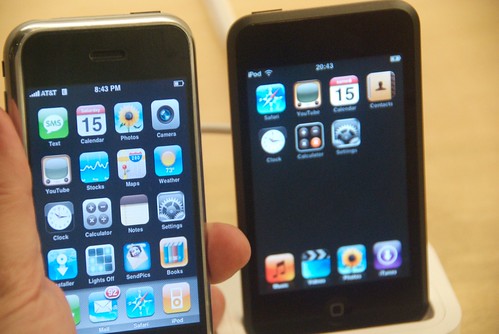
The news comes as a 2G EDGE-enabled iPhone will be available in the UK on November 9th. When asked why the current model didn’t have 3G, Jobs blamed power issues saying that the 3G chipset would be too much of a drain on the unit’s battery life which promises 8 hours of call time, but said that future models would have the technology.
Eizo ColorEdge CG241W High-End Monitor
 Japanese computer display manufacturer, Eizo (Kabushiki-gaisha Nanao), has brought to users a new model in its ColorEdge series – the CG241W. This new high-end monitor features both 12-bit hardware calibration and 6ms response time. This 24.1-inch wide screen monitor is designed ideally for a wide range of tasks including pre-press, video editing, digital photography, data analysis, and post-production.
Japanese computer display manufacturer, Eizo (Kabushiki-gaisha Nanao), has brought to users a new model in its ColorEdge series – the CG241W. This new high-end monitor features both 12-bit hardware calibration and 6ms response time. This 24.1-inch wide screen monitor is designed ideally for a wide range of tasks including pre-press, video editing, digital photography, data analysis, and post-production.
The ColorEdge CG241W comes with a native resolution of 1920 x 1200, 850:1 contrast ratio, 300 cd/m2 brightness, 178° viewing angles and Dual DVI-I inputs. With the 1920 x 1200 resolution, the high-end monitor is able to display full 1080p HD video with thin black borders at the top and bottom of the screen. The wide gamut LCD panel reproduces 92 percent of NTSC and 96 percent of the Adobe RGB color.
With the built in EIZO ColorNavigator CE Software for ColorEdge CE models, the colors adjustment within the monitor becomes easier. What you need to do is to key in target values for brightness, white point and gamma. ColorNavigator CE will do the rest by accessing the 12-bit or 10-bit Look-Up Table of the monitors for accurate and reliable calibration within a short time. This hardware calibration capability is designed to ensure accurate on-screen colour results with no color tones lost. Get to know more about Eizo Calibration Software.
This is a summary of other benefits offered by Eizo ColorEdge CG241W:
Wide Color Gamut
The wide gamut LCD panel reproduces 96% of the Adobe RGB color space so it can display most colors in a photograph taken in Adobe RGB mode. It also covers CMYK color spaces used for printing so the monitor can produce a reliable soft proof when calibrated.
Widescreen Format
The wide screen format with its 16:10 aspect ratio offers more horizontal viewing space than conventional monitors. Two applications such as a text document and web browser can be viewed side-by-side, or graphics applications can be opened and work palettes displayed simultaneously without any overlap.
Factory Adjustment of Gamma
To ensure that each ColorEdge CE monitor produces the most accurate and consistent color gradations possible, EIZO carefully measures and sets every shade of R, G, and B from 0 – 255 on the production line with the monitor’s 12-bit Look-Up Table, to produce a monitor gamma value of 2.2. Should the user prefer a different value, ColorNavigator CE software can be used to set the gamma value from a range of 1.0 up to 2.6 in increments of 0.1.
6 ms Midtone Response Time
To enhance moving image playback capabilities, an overdrive circuit is included. An overdrive circuit vastly improves the LCD panel’s response time for changing between midtones or gray levels, which is necessary to display color images without blurring.
Brightness Stabilization Function
Ensures stable brightness - necessary for the proper display of color – with EIZO patented technology*. A drift correction sensor quickly stabilizes the brightness level after startup or coming out of power saving mode. Furthermore, the monitor detects and automatically compensates for brightness changes caused by surrounding temperatures and the passage of time.
Protanopia and Deuteranopia Simulation in Real Time
Simulates* two types of red-green color vision deficiency – protanopia and deuteranopia. The ColorEdge CG241W does all the color conversion processing in real time – even moving images. With the bundled UniColor Pro software (Windows Vista/XP/2000 and Mac OS X 10.3.9 or later only) – also developed by EIZO – the designer can instantly switch from a normal viewing mode to the Protanopia and Deuteranopia viewing modes. Until now, tools available for simulating color vision deficiency have been software based so the color conversion process can be time consuming depending on the size and quantity of images to be converted, making these tools of limited practical use.
Placement Flexibility
The stand is height adjustable through an 82 mm range and provides 40° tilt and 70° swivel so every user can easily set the ideal position. It also pivots 90° for portrait mode viewing. Compatibility with VESA mounting standards allows the monitor to be removed from the stand for mounting on a movable arm or wall bracket.
Customer Assurance
A five-year warranty offers a long service life, and compliance with leading industry standards such as TCO’03 and TÜV Ergonomics ensures a better working environment. The EIZO Eco Products 2006 label indicates these products meet strict internal requirements for design, manufacturing, packaging, and usage, including the introduction of lead-free solder and chrome-free steel plates.
===========================================
SuperTalent Unveiled Project X DDR3 MemorySuperTalent Unveiled Project X DDR3 Memory Modules Can you guess what the item in the picture is? It looks like a high end PC module but you may not find it in current PC architecture in the market. That is true, it is a DDR3 memory module that boost up the PC performance significantly. With current core processor’s number and speed increase, memory module could be the bottleneck that slows down the whole PC performance. And with the introduction of even faster DDR3 replacing older memory architecture of DDR2 and SDRAM modules, SuperTalent hopes to stay on top of the line among its competitors in memory products.
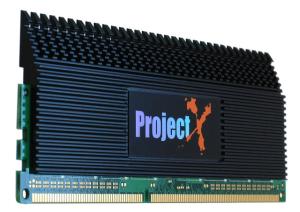
Although it may not usable or compatible with all the current platforms that utilize DDR-2, those enthusiasts should be able to find their ways to utilize it in upcoming platform for higher performance applications. Both DDR3-1800 and DDR3-1600 will be available in commercial market by next week at $599 and $549 respectively.
=======================================
New CDR-350 Router To Convert Cellular to WiFi Broadband Access
In the wireless world, there are few technologies predominantly keeping the users to be connected everywhere either in the home or outside the building. These technologies are running in different protocols and compatibility among them could be an issue for most of the network devices. In order to create a digital convergence environment to connect them together, there are efforts putting in to develop such a device that could connect the different wireless technologies to emerge as the new market segment. CradlePoint recently unveils a new router device, known as CTR-350 that able to convert the cellular signal into standard WiFi signal for home high speed internet connectivity.
Unlike the current femtocell technology that extends the high speed data transmission for indoor coverage, the CTR-500 does a bit differently by acting as a termination for the cellular signal such as HSDPA or EVDO and then transform it to common wireless LAN 802.11b/g for internet access in the digital home. This is especially useful when there is a need to use the broadband connection wirelessly for your laptop at home through the high speed cellular network infrastructure. The device offers similar security encryption features such as WPA/WPA2 and 128 bit WEP encryption to prevent unauthorized use.
Besides the wireless LAN support, user can also connect a RJ45 Ethernet cable for wired LAN connectivity for those PC that doesn’t have wireless capability. Priced at only $149, I am sure this is a good companion for those travelers that wish to share network access with their counterparts.
===========================================
BitMICRO Annouced 416GB SSD (Solid State Drive) Memory ModuleThe module will be released to public in March 2008. However, no pricing has been announced yet but don’t expect it to be cheap for the initial launch since the competition has just begun especially for high capacity SSD memory modules’ manufacturers.
===========================================
Download Songs from Nokia Music Store
Global mobile phone leader, Nokia, revealed that it will put forward its own digital music service into the market in Q4 2007. It is part of its online mobile services initiative and also a new strategy to regain its market share after facing strong challenge with the emergence of Apple iPhone this year.

Nokia digital music service called Nokia Music Store will allow users to download songs from internet to their PC or directly to mobile phones over wireless networks. This new unique feature goes beyond Apple iPhone as Apple iPhone cannot perform the same feature. Other features available in this music store include dynamic music recommendations and a “Mix Me” feature for creating playlists of recommended songs based on genre preferences. Nokia has suggested that it would price music downloads at 1 euro for one song or 10 euro for the entire album. In addition, customers would have to pay for the use of phone networks for the download, though many operators are starting to offer monthly flat-fee packages.
Besides Nokia Music Store, Nokia also announced that it would revive a game platform called N-Gage, with a number of video game publishers agreeing to supply games for downloading. The company said it would make all of its mobile content and Internet services available under the brand Ovi, which means ‘door’ in Finnish. Nokia is probably hoping that Ovi would be as great a success as Microsoft’s Windows.
===========================================
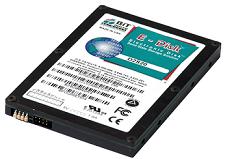
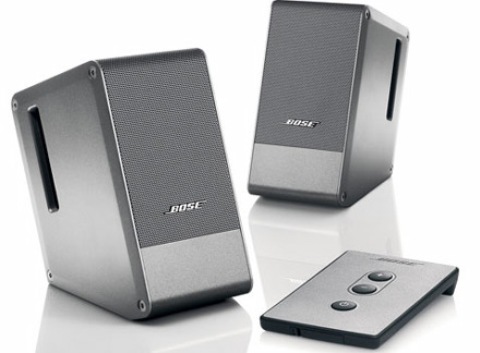



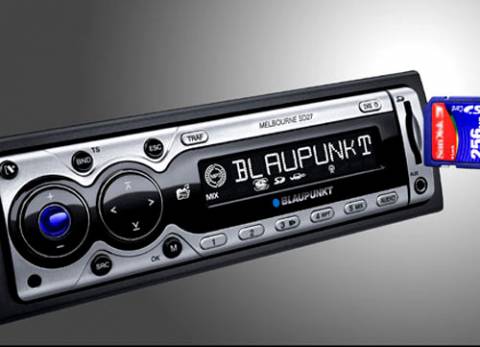
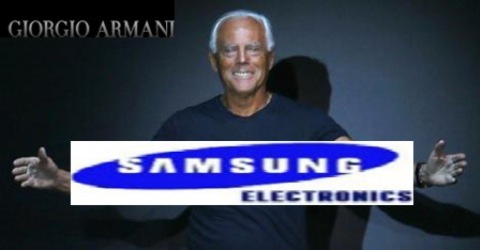

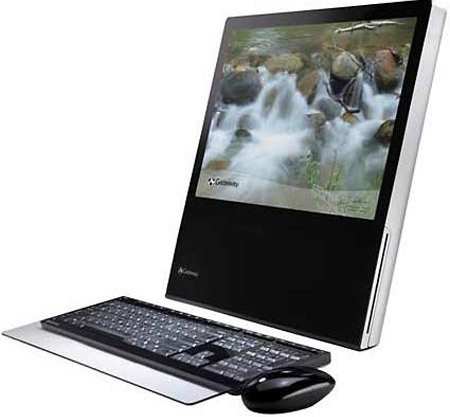
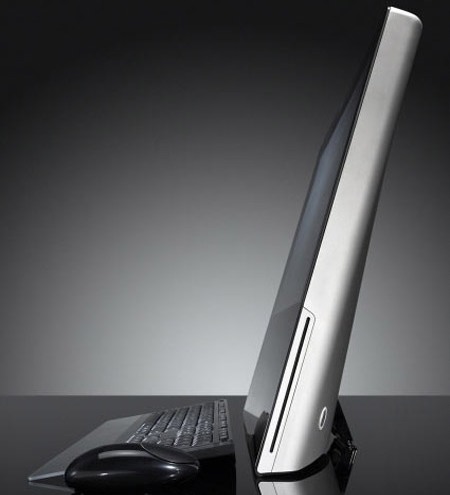
 by Halo 2, but it also surpasses the opening-day US box office record of $59.8 million set by Sony’s “Spider-Man 3″ in May.
by Halo 2, but it also surpasses the opening-day US box office record of $59.8 million set by Sony’s “Spider-Man 3″ in May.